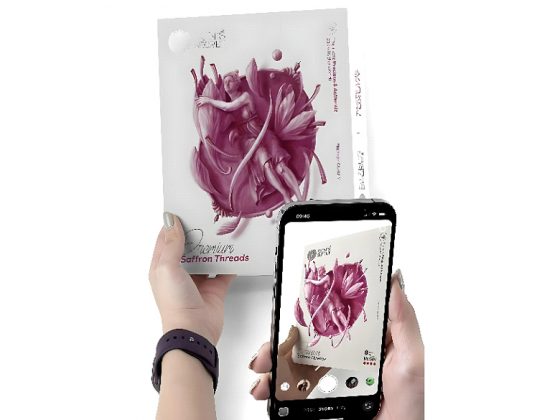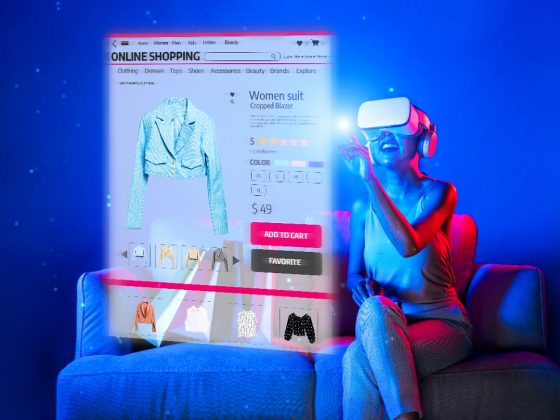The FMCG Influence Economy
By Venus Dsilva
The Fast-Moving Consumer Goods industry is evolving rapidly, with brands shifting away from traditional advertising methods and embracing a more direct, personal approach to marketing. At the forefront of this transformation are micro-influencers —individuals with smaller but highly engaged audiences—helping FMCG brands make more authentic connections with consumers. Unlike traditional celebrities, micro-influencers build trust through relatable, everyday content, offering engagement that resonates deeply with their followers. Micro-influencer marketing is proving to be a game-changer, with research showing that 83% of consumers trust micro-influencer recommendations over traditional advertisements (Influencer Marketing Hub, 2023). This preference for authenticity has shifted how FMCG brands engage with their audiences, making micro-influencers an essential part of modern marketing strategies. Here’s a closer look at how micro- influencers are reshaping the FMCG sector, offering valuable insights and predictive analysis for the future.
“Why Micro Influencers Matter in FMCG Marketing”
FMCG industry
Micro-influencers are defined by their smaller but highly loyal and engaged followings—typically between 1,000 and 100,000 followers. Their influence is rooted in their ability to connect with audiences personally, creating content that feels organic and relatable. Unlike larger influencers or celebrities, micro- influencers maintain closer relationships with their followers, often resulting in higher trust and engagement.
A study by McKinsey & Company found that micro-influencers deliver up to 60% higher engagement rates than macro-influencers. Additionally, brands partnering with influencers who have fewer followers often see better ROI. The key to their effectiveness lies in their relationship with their audience, as followers are likelier to take their recommendations seriously and act on them. This level of trust is especially critical in the FMCG sector, where impulse buying is common, and consumer behaviour is highly influenced by relatable content.











